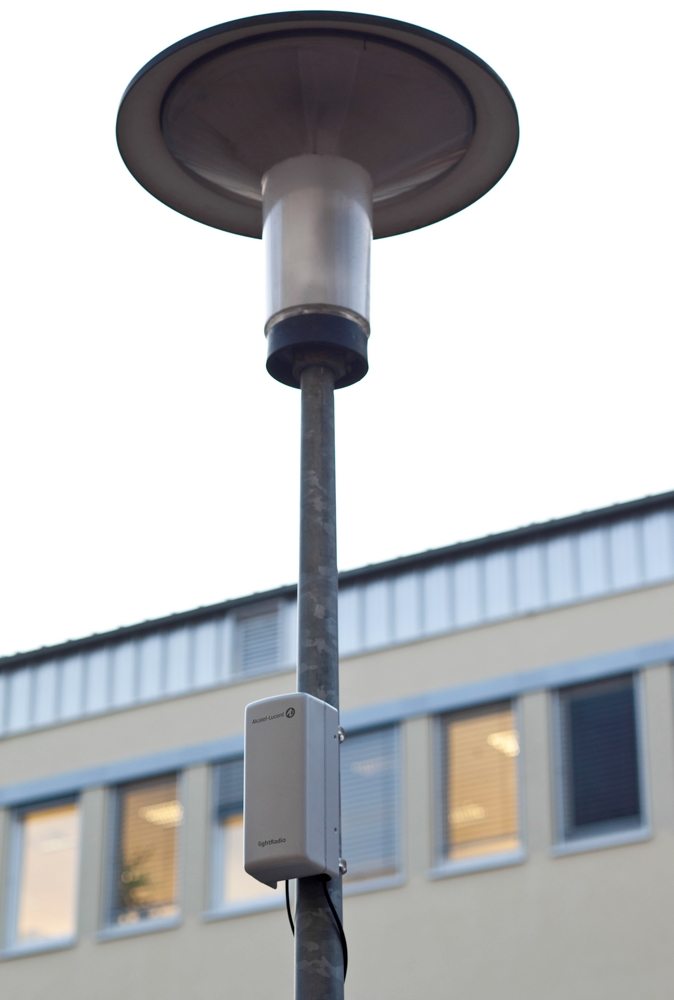Wireless carriers are scrambling to acquire and free up new spectrum resources in an attempt to feed consumer desire for mobile data services. This quest for spectrum along with the deployment of more efficient LTE services could meet those short-term needs, but a recent report from Signals Research Group found that wireless carriers will also need to dip more aggressively into the small cell market to avoid network chaos.
Michael Thelander, founder and CEO of Signals Research, spoke with RCR Wireless News about the findings of this report, noting that beginning as soon as next year, wireless carriers in some U.S. markets will see network traffic exceed the capacity of LTE networks reliant on traditional base stations. (Contact Signals Research Group directly for a copy: reports@signalsresearch.com.)
The report predicts that by 2020, 78% of all data traffic for the two largest operators – presumably Verizon Wireless and AT&T Mobility – will need to be carried by “some means other than large cells, even after taking into consideration the role of Wi-Fi and the significant data traffic that it will support.” Signals Research found that there will need to be more than 3.8 million “small cell capacity units,” the firms term for the various forms of small cell technology available today and to be launched in the near future. Those units will need to support various 3G, 4G and unlicensed technologies, though the use of TDD-LTE technology could reduce the need down to just 2.57 million units.
Bored? Why not follow me on Twitter?

Report: Small cells vital to LTE deployments
ABOUT AUTHOR
